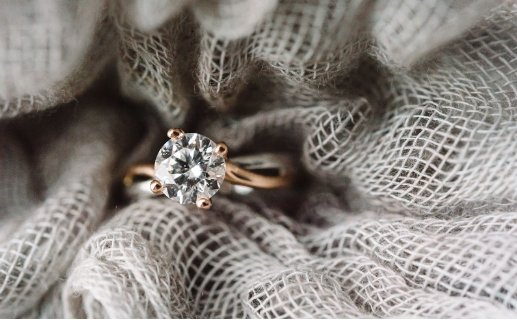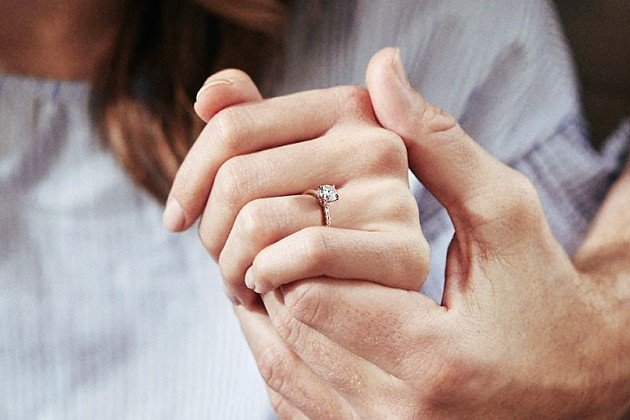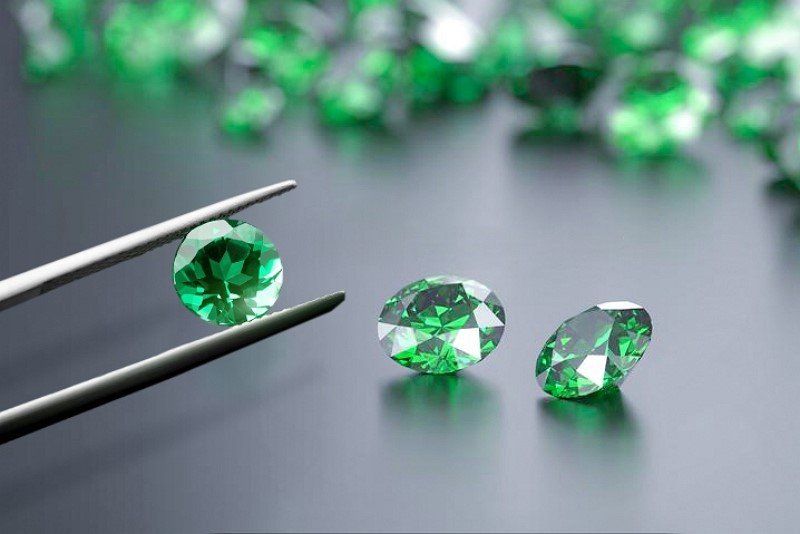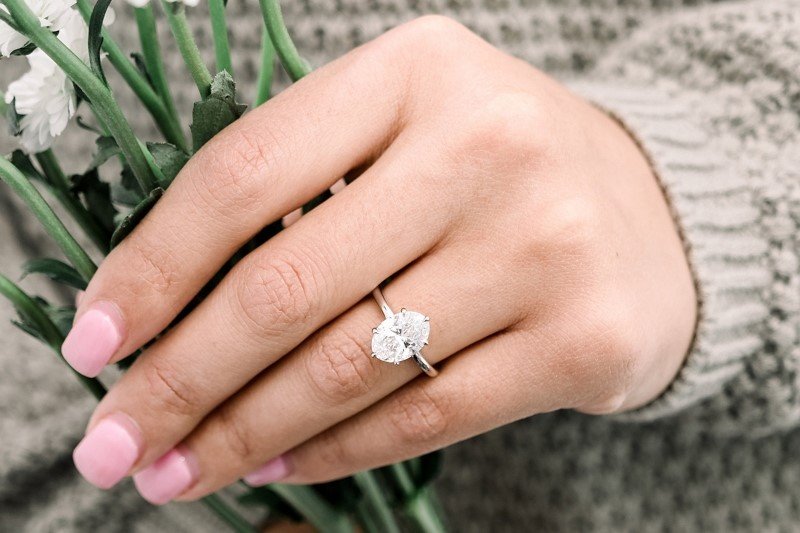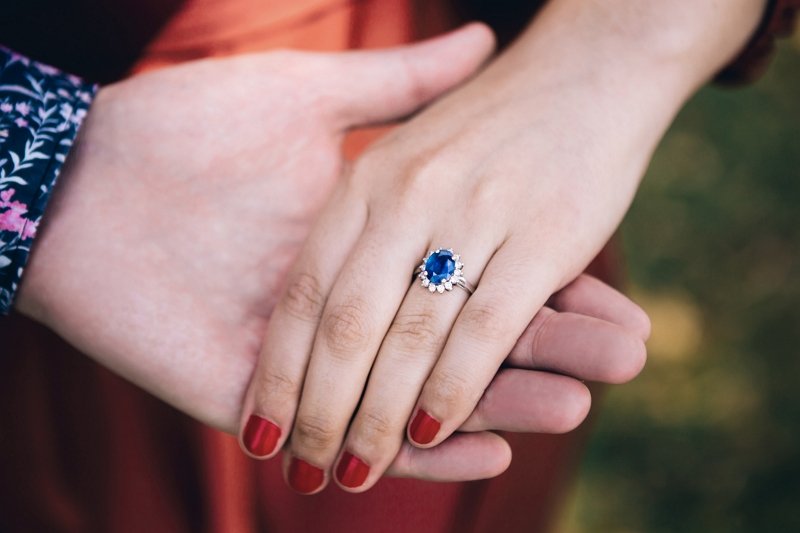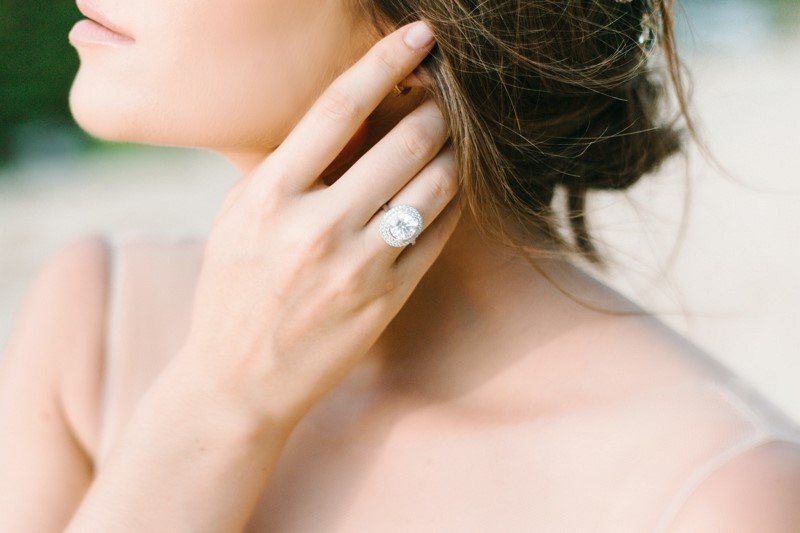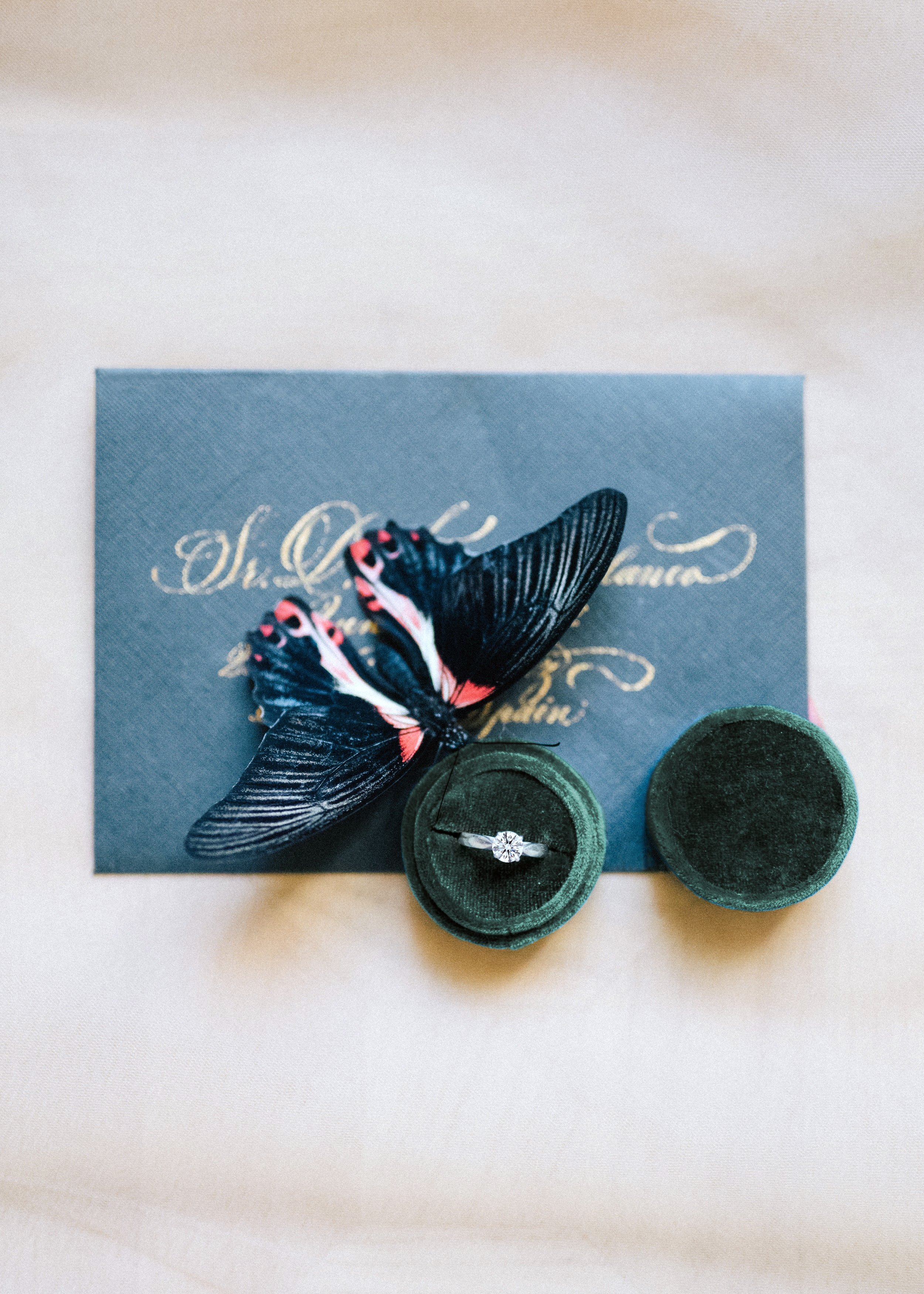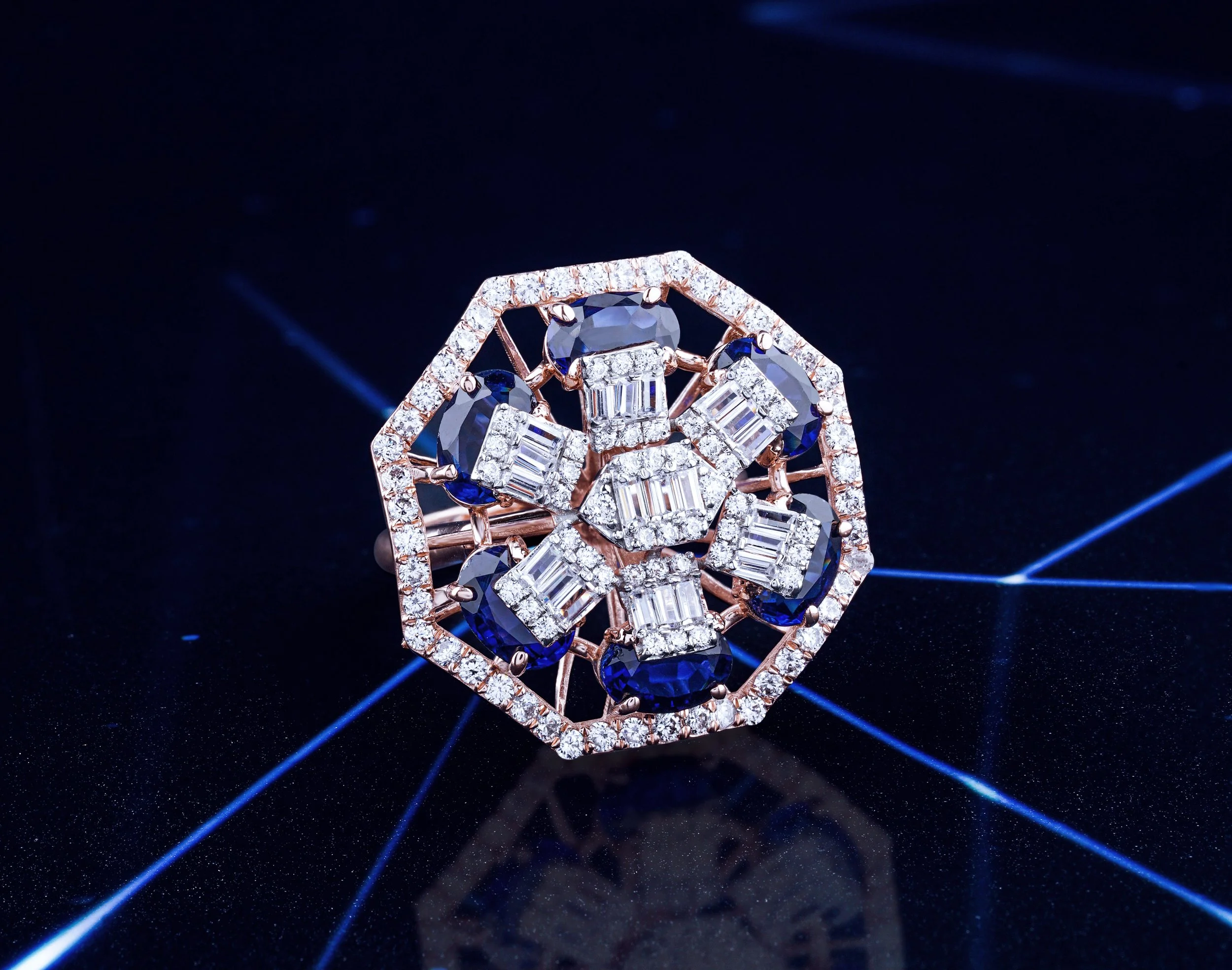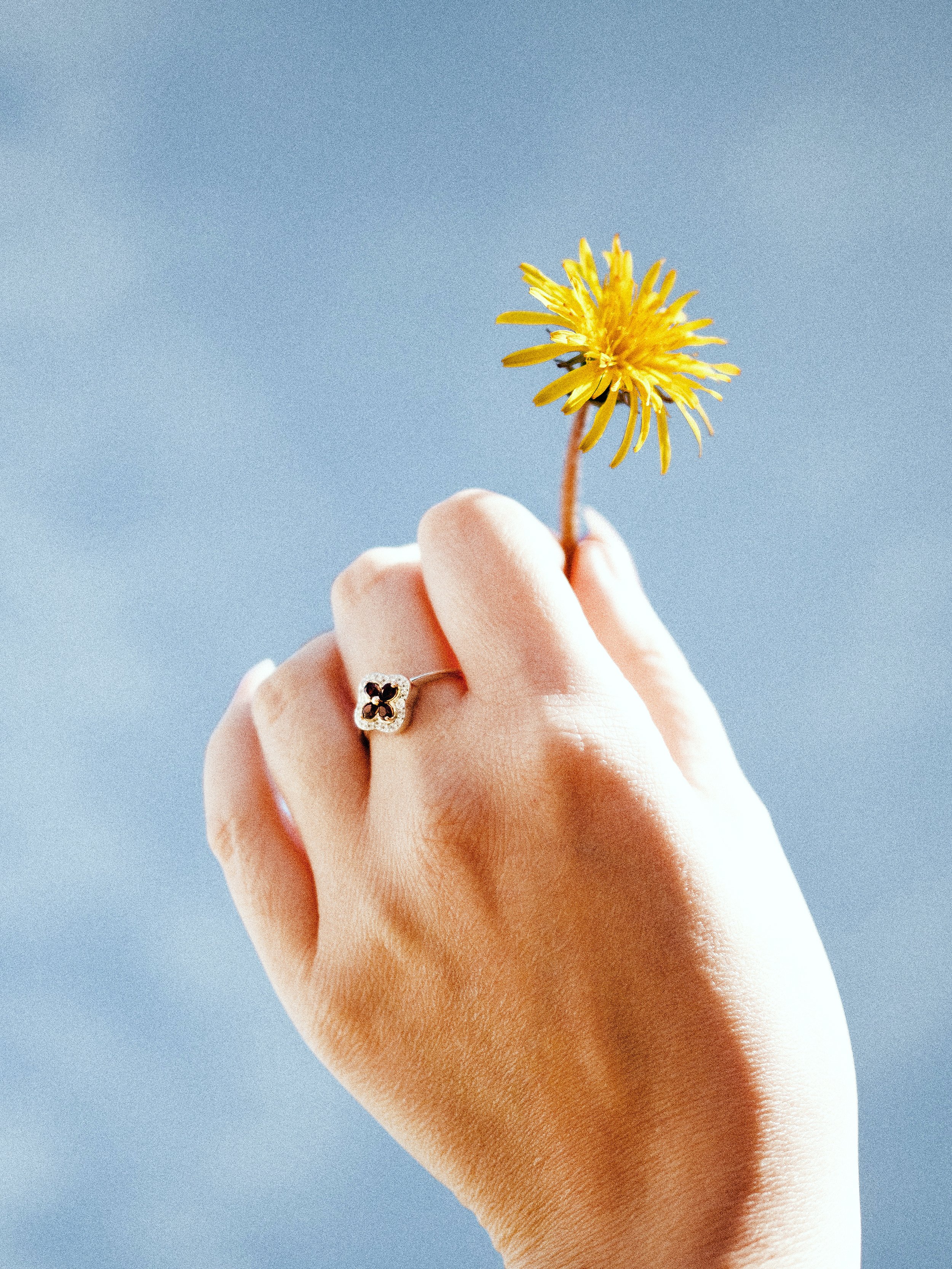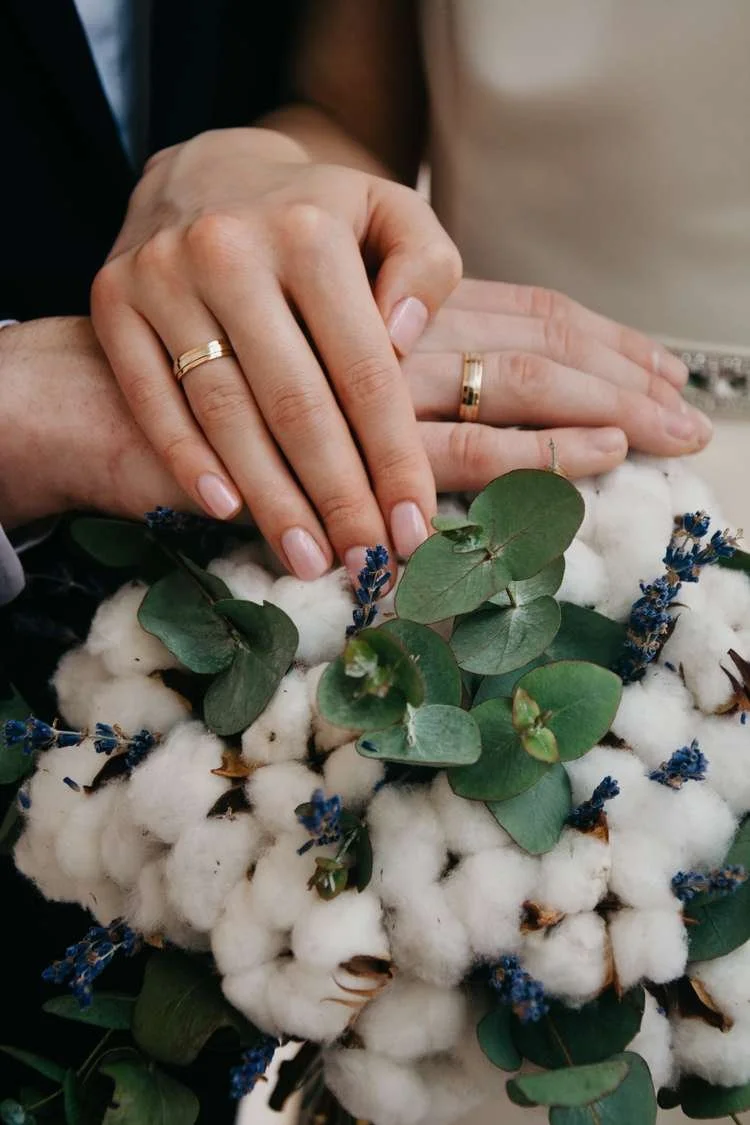Why More Millennials are Opting for Lab-Grown Diamond Rings
Stunning lab-grown diamond engagement rings are booming in popularity.
The glitter of diamonds has enticed humans for thousands of years. Not only are they visually stunning, but they last forever. Diamonds are among the strongest materials found on Earth, and they can be passed down through generations.
Not too long ago, modern-day lab technology was still in its infancy, and we only had the option to buy naturally occurring diamonds that are extracted through mining. The ethical and environmental ramifications of bringing natural diamonds to market are questionable at best. Today however, certifiable real diamonds can be produced in laboratories without ethical controversy. Millennials are particularly drawn toward lab-grown diamonds for a number of reasons. Here, we will review the reasons behind the shift of interest from natural diamonds to lab-grown diamonds.
70% of Millennials are Now Considering Lab-Grown Diamond Engagement Rings
Are lab-grown diamonds actually popular among millennials?
A study conducted by MVI Marketing supports this fact. According to their study, out of more than 1000 participants having an age in the range of 21-40 years, 70% stated that they would consider lab-grown diamonds as a viable option while shopping for an engagement ring. This indicates that lab-grown diamonds intrigue millennials. The question is: why?
Here are some of the key reasons for the growing interest in lab-grown diamonds.
Affordable
The predominant reason for the growing popularity of lab-grown diamonds is the price, as lab-grown diamonds are significantly inexpensive compared to natural diamonds.
Mining companies spend huge loads of money to extract natural diamonds. This eventually increases the costs of diamonds, as mining companies need to ensure they make a profit out of the sale. However, when it comes to lab-grown diamonds, there are no mining or extraction costs.
In general, lab-grown diamonds are 20-50 percent cheaper than natural diamonds, allowing people to buy diamonds without breaking the bank.
Lots of Customization Options
Customization is another important aspect of lab-grown diamonds, making them perfect for millennials who love to own customized products. Regular diamonds occur naturally, and their shape and size are random. On the other hand, it’s completely feasible to customize the shape, size, and even the color of a diamond produced inside a lab.
Millennials can choose from a variety of options to personalize their diamond jewelry and make it unique.
Low Environmental Impact
The process of extracting diamonds involves mining, which is not only costly but also negatively impacts the environment. Most millennials are aware of the consequences of damaging the environment as it affects every being on the planet. They want to be socially responsible and limit the damage they cause to the environment both directly and indirectly.
Lab-grown diamonds make the most sense for the planet, as they cause minimal damage to the environment. They are created artificially in a lab, and the whole process has a significantly smaller carbon footprint than mining natural diamonds. Thus, lab-grown diamonds emerge as a more ethical choice.
Assured Quality
One of the biggest advantages of producing diamonds in laboratories is that it is possible to ensure the quality of each piece. Buyers can always opt for certified lab-created diamonds having quality as high as natural diamonds (and often higher).
Lab-grown diamonds can be bought for a variety of sentimental jewelry, such as proposal rings, engagement rings, and wedding bands.
Natural diamonds and man-made diamonds are virtually impossible to differentiate.
Lab-Grown Diamonds are Chemically, Physically, and Optically Identical to Mined Diamonds
Many wonder if diamonds created inside a lab and the ones occurring naturally are the same. The answer is that both kinds of diamonds share similarities as well as some differences. Let’s take a look at them one by one below.
Similarities Between Natural and Lab-grown Diamonds
Man-made diamonds and natural diamonds have many similarities, especially when it comes to physical, chemical, and optical characteristics.
Physical Properties
Lab-grown diamonds and earth-mined diamonds have similar physical properties, such as thermal conductivity, electrical resistivity, hardness, strength, and refractive index. Consequently, you can’t distinguish between the two in terms of visual appearance.
Chemical Properties
The chemical composition of lab-grown and mined diamonds is the same, as they both are entirely made up of pure carbon. Moreover, their crystal structures are also identical.
Optical Properties
Due to the fact that natural and lab-grown diamonds have similar physical and chemical properties, their interaction with light produces the same results. In other words, they both have similar optical properties. Thus, they produce the same sparkle, fire, and brilliance.
Differences Between Natural and Lab-grown Diamonds
Lab-grown diamonds are comparable to real diamonds. However, there are certain aspects that make them a bit different.
Production
The formation of lab-grown diamonds and mined diamonds differ significantly. While we create lab-grown diamonds in laboratories using advanced technologies, mined diamonds form beneath the earth's surface naturally.
You may find it interesting to know that it takes about 3-6 months to form a synthetic diamond. In contrast, a natural diamond requires a massive 1 to 3.3 billion years for its complete formation.
Cost
The production costs of lab-created diamonds are also starkly different from the costs of mining natural diamonds. The extraction of natural diamonds requires intensive mining, which is highly expensive. On the other hand, lab-grown diamonds are created artificially in a controlled environment, and there’s no need to perform mining. Therefore, synthetic diamonds are far more cost-effective.
Availability
It is possible to produce lab-grown diamonds in any quantities at will. Natural diamonds, on the contrary, have rare occurrences. Therefore, since lab-grown diamonds are readily available in the market at any given point in time, they are far more accessible.
Carbon Footprint
The process of extracting diamonds from the earth’s surface creates a negative impact on the environment. Deforestation, soil erosion, biodiversity loss, greenhouse gas emission, and groundwater contamination are the key negatives of diamond mining. Manufacturing of artificial diamonds does not involve mining, and the total carbon emissions are relatively low.
Lab-grown diamonds are affordable, available, customizable, and eco-friendly.
Lab-grown Diamond Rings Made From Hair: A Personalized Way To Say I do!
Not only do lab-grown diamonds allow you to customize their physical features, but modern technology can also make them even more sentimental and emotionally valuable by adding a personal component. The entry of lab-grown diamonds made from human hair has completely changed the way individuals perceive diamonds.
A diamond made from hair is perfect for couples getting engaged or married. These diamonds, once embedded into rings, make them a symbol of love and an eternal bond. You can always count on a reliable diamond manufacturer like Sunny Eden™️ to get a customized lab-grown diamond ring made from hair.
Carbon is a major constituent of human hair. To be precise, 44% of human hair is made up of carbon. Sunny Eden™️ extracts this carbon from the hair, purifies it, and puts the extracted carbon through the HPHT (High Pressure, High Temperature) process to create a diamond.
Once the diamond is formed, it is cut and polished so that it looks elegant and stylish. Moreover, you can choose the color of your diamond, such as sunny yellow, Eden green, rose pink, or sky blue.
Here are some more reasons to choose lab-grown diamond rings from hair for your loved one.:
Flexibility to Personalize
Apart from the color, you can customize the size and shape of a diamond made from human hair. Some of the most popular shape options include emerald, oval, pear, cushion, radiant, and brilliant. Also, the use of carbon extracted from the hair of a person makes every diamond one-of-a-kind.
Sentimental Value
Diamonds made from human hair stand out, as they hold deep personal and sentimental value. Such a diamond represents the special bond shared between the person who wears the diamond and the person who provides the hair. Not only this, but the hair of both partners can be combined to create the diamond, which is deeply symbolic of an eternal connection.
Romantic
Gifting your partner a lab-grown diamond made from your hair is utterly romantic. A diamond ring with your partner’s DNA is absolutely priceless and a personal, one-of-a-kind symbol of your unique relationship.
Conclusion
The popularity of lab-grown diamonds has increased significantly over recent years, especially among millennials, for a number of reasons. Lab-grown diamonds are affordable, environmentally friendly, and easily accessible compared to natural diamonds. Moreover, artificial diamonds created from human hair make an engagement ring or wedding band even more special due to their sentimental value.
Whether you want custom-made diamond rings for your engagement, marriage or anniversary, you can always rely on Sunny Eden™️ as they produce quality diamonds in a short span of time.
